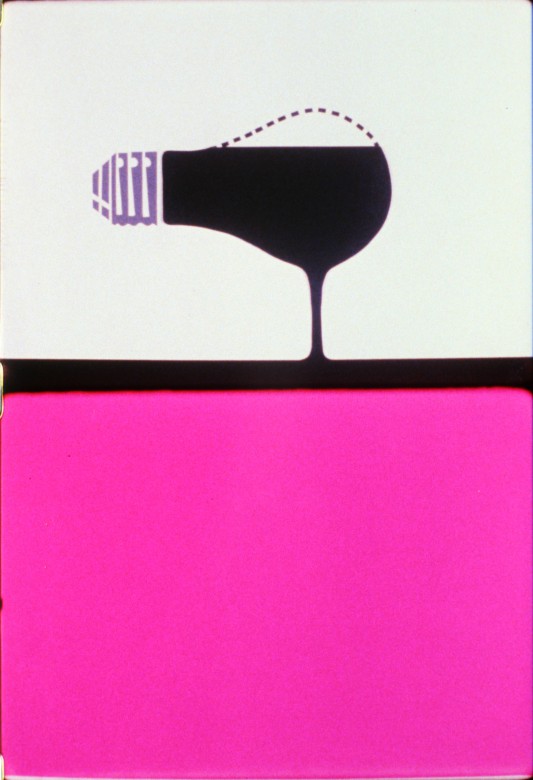
Information
Information
A leading figure in the American structural filmmaking group in the 1960s, Paul Sharits (1943–1993) reduced filmmaking to its primary material components: the projector, the filmstrip, light, and duration. N:O:T:H:I:N:G is, like Tony Conrad’s The Flicker, a “flicker” film. Flicker films make up a subgenre of twentieth-century avant-garde film in which the cinematic illusion of fluid movement is broken down in order to emphasize the material juxtaposition of individual frames. In N:O:T:H:I:N:G, highly contrasting monochromatic frames are arranged in a pattern structurally based on the chanting pattern in the Tibetan mandala of “five Dyani Bouddhas,” which creates a jarring and hypnotic retinal experience that can also be compared to Guy Debord’s Hurlements en Faveur du Sade. Sharits shares Paik’s interest in the materiality of film, as well as in sustained viewing experiences that hinge on boredom and meditation. The colons that appear in the title and the film itself are materializations of nothingness’s interstices. —LS
Image: Courtesy of Anthology Film Archives and the Estate of Paul Sharits.